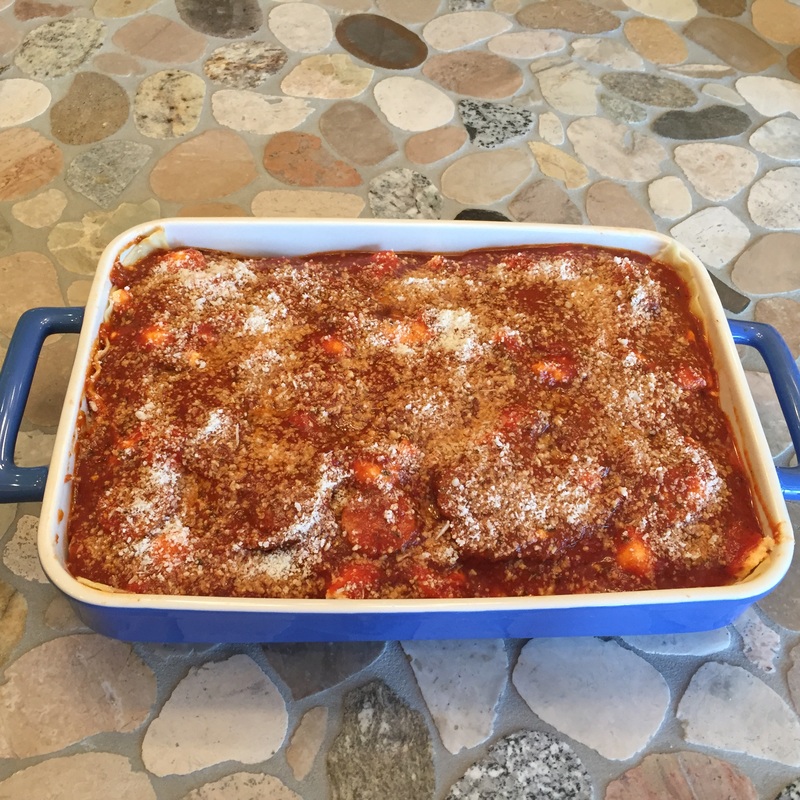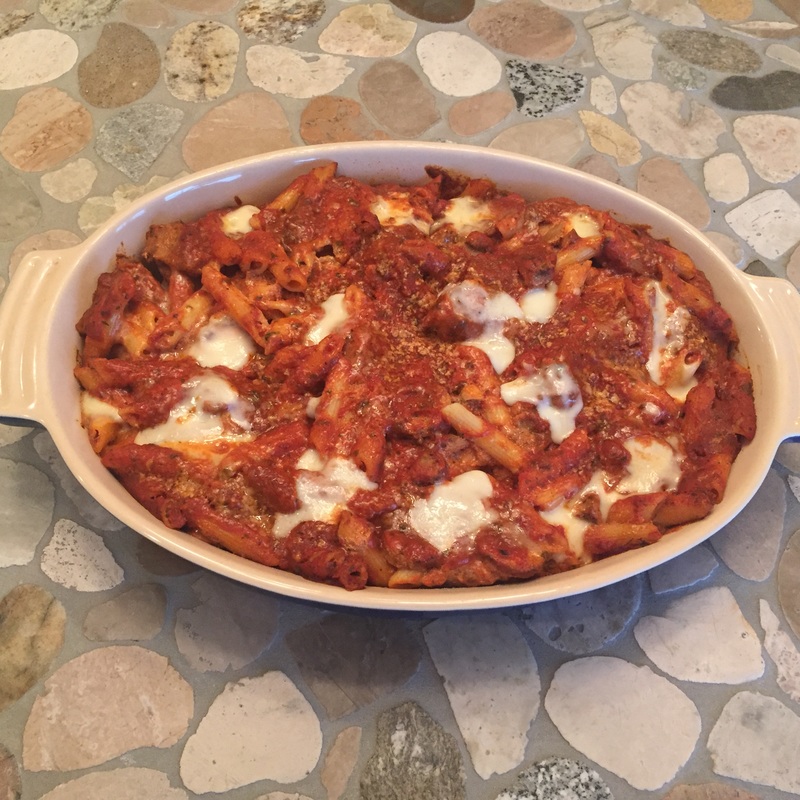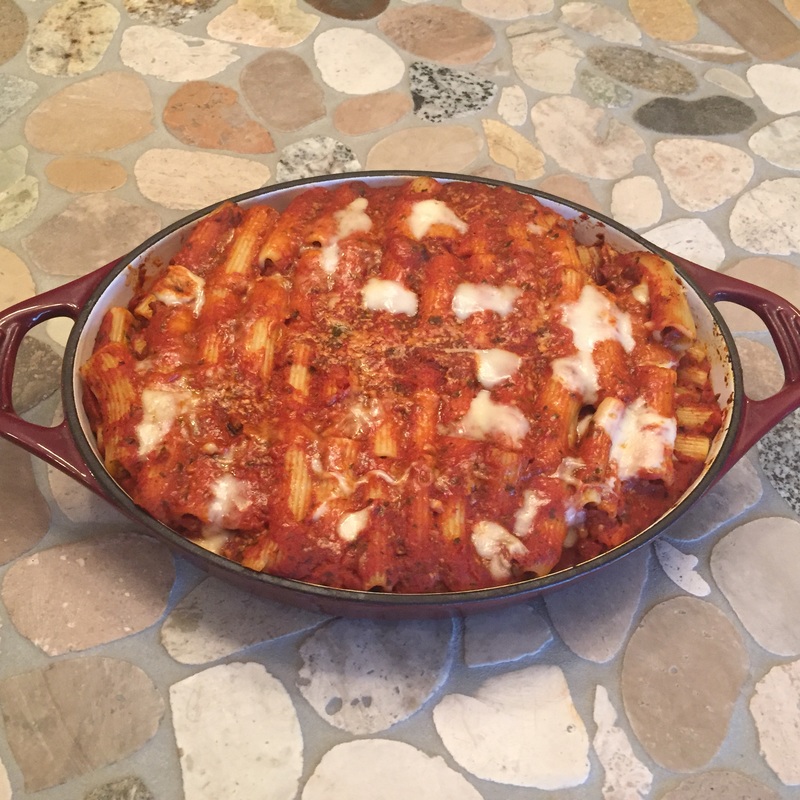| Everyone knows Italians love their pasta! In today’s world, pasta and Italy are synonymous. People enjoy pasta throughout the world, of course, but Italians consumed 55.7 pounds each in 2013 according to the International Pasta Organisation (yes, there really is an IPO) – 1½ times the amount consumed in Tunisia (second place), and 2.9 times the per capita consumption in the United States (19.4 pounds each for sixth place)! Apparently, I ate most of someone else’s share that year!! Not surprisingly, there are reasons for this. Most important, wheat has been readily and inexpensively available throughout most of Italy for centuries, whereas other sources of carbohydrates (e.g., rice and potatoes) have not. Pasta is easy to make, and easy to store for extended periods of time. It is also easy to cook, and pairs well with nearly all other foods. Convenience and low cost are huge motivators. The International Pasta Organisation’s website proudly proclaims, “Pasta is more energy dense than fruits and vegetables, which are harder to grow, transport and store year-round. It’s one of the least intensive foods to produce. It discourages food waste by turning a hodgepodge of leftover vegetables and food scraps into a hearty, gourmet meal.” While I take issue with their use of the words “food scraps” and “gourmet” in the last sentence, I get their point. In fact, their point is the subject of this blog – Italian grandmothers (some of my favorite people btw) created some very clever ways to feed their families using pasta with those leftovers from previous meals. (To be fair, Italian mothers, fathers, and probably grandfathers could have been involved with these creations, too, but why spoil the metaphor I’ve been using since beginning this site?) In Italy in the late nineteenth century, particularly in less prosperous southern Italy where my grandmothers were born, pasta was served almost daily. Even today, pasta is served multiple times weekly in many Italian homes and plays a major role in every celebratory meal. Fortunately for everyone, pasta comes in a multitude of shapes and sizes – and for me at least, each shape and size has a different taste. As a scientist, I know this can’t be real; but other sensory effects such as appearance and texture can have powerful emotional impacts on the overall dining experience. Nevertheless, serving pasta day after day creates other problems besides variety: the inevitable leftovers, and leftover pasta does not reheat particularly well. I cannot prove any of the following, but I am convinced my speculations are much closer to fact than fiction. In a typical Italian household, maybe over a few days’ time and as noted above, leftovers would accumulate from previous meals. These leftovers likely would include meats and vegetables along with some pasta. I envision these already cooked ingredients being combined with fresh tomato sauce and freshly grated cheese – then all placed in a large casserole dish and heated in the oven for another meal. It would have been called Pasta al Forno, or baked pasta! As you will see in my recipe for Pasta al Forno, the list of possible ingredients is endless. There are no rules. Just add whatever pleases you (and your diners) or whatever is available at the moment. All combinations of pastas, sauces, meats, vegetables, and cheeses work equally well. | Lasagna. Pasta al Forno. Stuffed Baked Rigatoni. |
No discussion of baked pasta would be complete without mentioning lasagne. For the record, the flat noodle used to make lasagne is called lasagna (singular) in Italian. The casserole containing multiple layered lasagna noodles is called lasagne (plural). In the United States, the dish is always spelled lasagna so I will use the technically incorrect spelling, too.
Lasagna is another baked dish that can be prepared with a huge variety of previously cooked ingredients. The only real difference between lasagna and Pasta al Forno is the use of the traditional flat noodle. Lasagna also can be made with or without meat, and with either (or both) tomato sauce or béchamel sauce. As you will see in the posted recipe for Lasagna, my preference is for meatballs, Italian sausage, and tomato sauce, but that’s because my roots go directly back to southern Italy! Be assured that other combinations are equally tasty.
Finally, in this twenty-first century, it is highly unlikely that anyone reading this will serve pasta to their family and friends multiple times in one week just to accumulate leftovers for Pasta al Forno! If, however, one prepares a batch (or two) of sauce and meatballs, and has one or two Italian cheeses on hand, preparing any of the three baked pastas featured here is rather easy. All that’s required is the additional steps of assembling and baking the casserole. [Sidenote: Grandma Karen and I had fun making all three dishes for pictures for this blog over a long weekend. Fortunately, we were able to use the food for multiple social events.]
As any Italian grandmother (and at least one Italian grandfather) can attest, baked pasta dishes provide nutritious and delicious meals as well as opportunities to create wonderful family memories and traditions.
Buon appetito.
P.S. You may have noticed the Recipe page has been redesigned. The food categories have not changed, but the presentation of individual recipes now includes pictures and brief descriptions. Hopefully, this will make it easier to find specific recipes. (Remember, too, that the Search feature is a convenient tool for finding particular recipes, or recipes using specific ingredients.)
Also, there is a added item in the page banner called New Recipes. The New Recipes page will be used to display recipes posted since the last blog, or posted without being referenced in a blog. This should help periodic visitors to the site identify quickly the most recently added recipes.
As always, if you have any further suggestions for improvements to any part of this site, I welcome your feedback. Simply post your ideas using the Comment icon.



 RSS Feed
RSS Feed